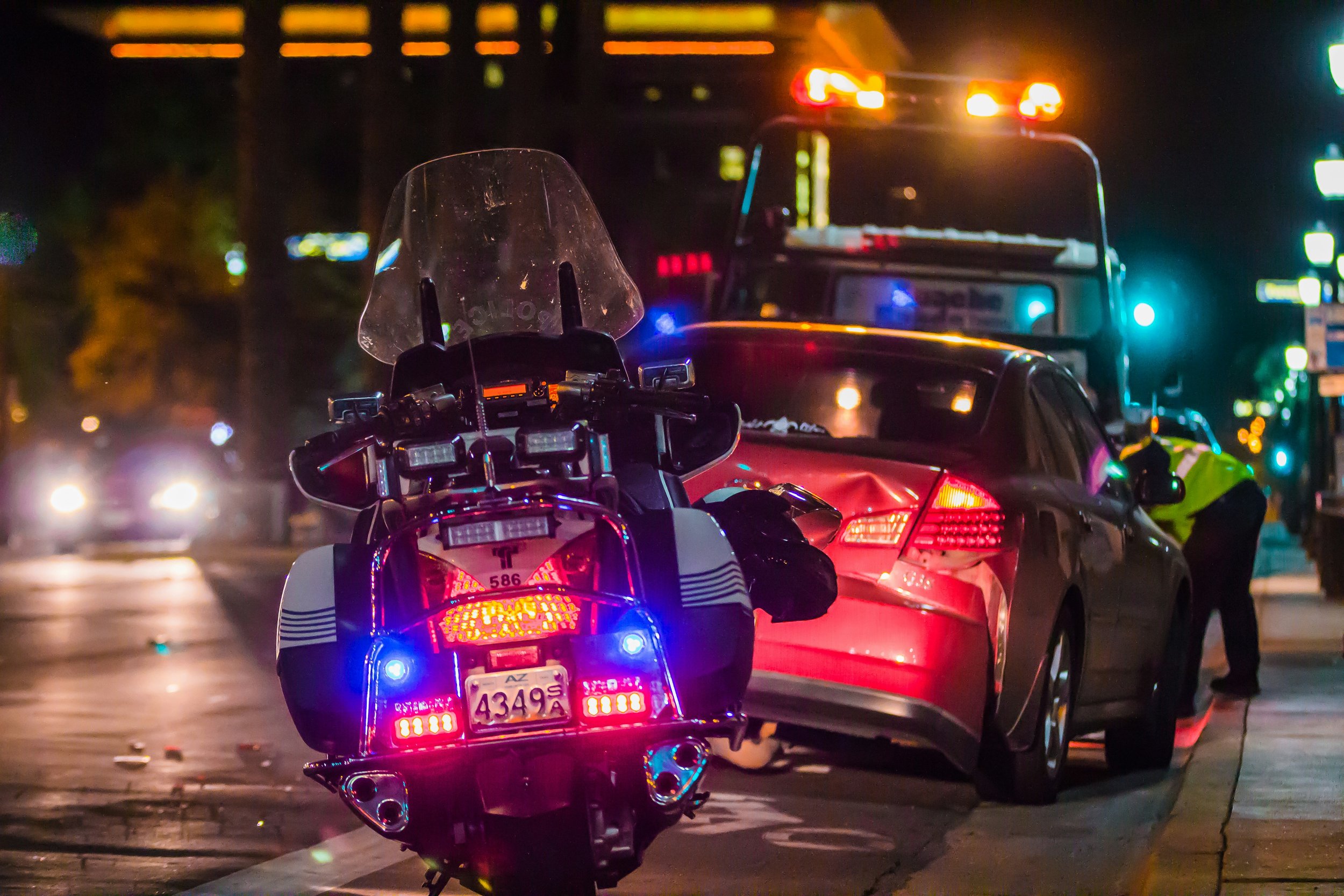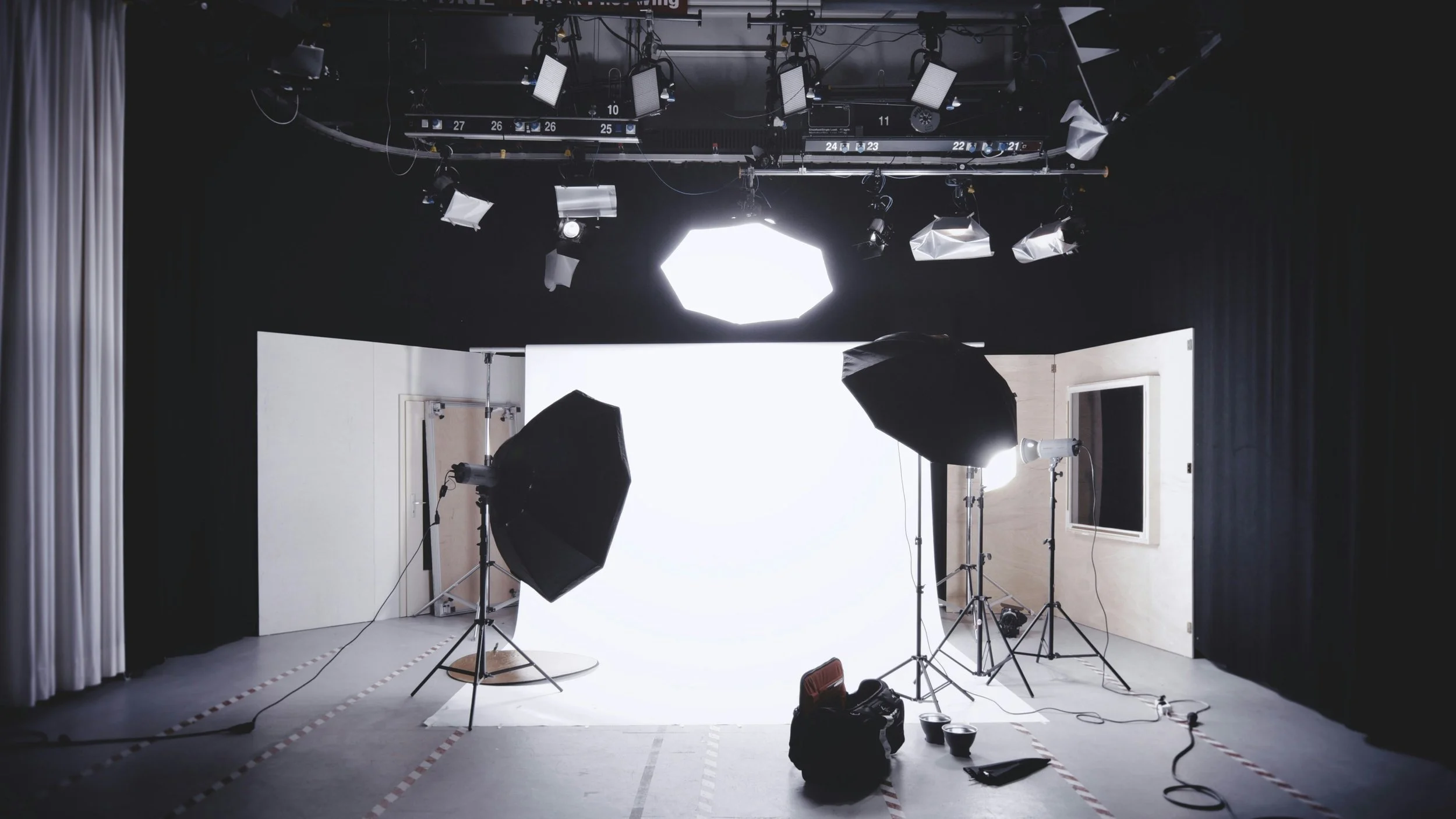How to Handle an Accident During a Movie Shoot?
by Nancy Fernandez
Accidents on movie sets can be distressing and have serious repercussions for both the production and those involved. Ensuring the safety of cast and crew is paramount, but accidents can still happen despite the best precautions. Handling these incidents correctly is crucial to minimize injury, ensure proper care, and address potential legal implications. Here’s a detailed guide on how to manage an accident during a movie shoot.
1. Immediate Response
Assess and Act
The first step when an motorcycle accident occurs is to assess the situation calmly but quickly. Determine the severity of the accident and call for immediate medical help if necessary. Even minor injuries should be evaluated by a professional to rule out complications.
Secure the Area
Prevent further injuries by securing the area. Ensure that only essential personnel are present, and keep others away from the scene. This will also help in preserving the details of the accident scene for further investigation.
Provide First Aid
Having a trained first aid responder on set is invaluable. They can provide immediate care until professional medical help arrives. Ensure that your set has a fully stocked first aid kit that is easily accessible.
2. Notification and Documentation
Notify Key Personnel
Inform key production personnel about the incident, including the director, producer, and safety officer. Quick communication is essential to manage the situation effectively.
Document the Incident
Gather as much information as possible about the accident. Take photos of the scene, and write down details about what happened, including the time and cause of the accident. Collect statements from witnesses and keep this information organized for future reference.
Report to Authorities
Depending on the severity of the accident, it may be necessary to report the incident to local authorities or occupational health and safety organizations. Check local regulations to ensure compliance.
3. Medical Follow-Up
Ensure Continuous Care
Make sure that the injured party receives comprehensive medical care. Follow up on their progress and maintain records of their medical treatment. This is important for their health and for any insurance or legal processes that might follow.
Provide Support
Offer psychological support to the injured party and to any other crew members traumatized by the incident. Consider professional counseling to help them cope with the aftermath of the accident.
4. Review and Investigate
Conduct an Investigation
Carry out a thorough investigation to determine how the accident happened. This may involve revisiting the scene, looking at video footage, and interviewing witnesses. The goal is to understand fully why the accident occurred and how similar incidents can be prevented in the future.
Involve Insurers
Contact your insurance company as soon as possible. Provide them with all the necessary documentation and cooperate with them throughout the process to ensure that all aspects of the incident are covered and compensated if applicable.
5. Legal Considerations
Consult Legal Advice
It is advisable to seek legal counsel to understand the implications of the accident. This is crucial to protect the production and its employees from potential lawsuits or legal claims.
Transparency and Communication
Maintain a transparent approach with all stakeholders about the incident and how it is being handled. Clear communication can prevent misinformation and legal complications.
6. Preventive Measures for Future
Safety Workshops
Following an accident, organize safety workshops and training for all crew members. Reinforce the importance of safety protocols and ensure everyone understands their role in keeping the set safe.
Review Safety Policies
Reevaluate your existing safety policies and procedures. Make necessary adjustments and improvements based on the findings from the investigation of the accident.
Invest in Safety
Consider investing in better safety equipment or technology to enhance overall safety on set. This could include more sophisticated stunt rigging, better communication devices, or advanced medical kits.
Enhancing Set Safety and Comprehensive Response Strategies
Strengthen On-Set Medical Capabilities
On-Set Medical Staff: Ensure that qualified medical personnel are present on set, especially during complex scenes such as stunts or when using hazardous materials. This allows for immediate medical intervention, which can be critical in preventing complications from injuries.
Regular Medical Check-Ups: Implement routine medical screenings for all crew and cast members, particularly for those involved in physically demanding roles. This proactive approach can identify potential health issues before they lead to accidents.
Advanced Safety Training
Specialized Training for High-Risk Activities: Provide specialized training sessions for any cast or crew involved in stunts, handling of complex machinery, or special effects. Regularly updated training can help individuals react more effectively in critical situations.
Mental Health and Fatigue Management: Include training that addresses mental health awareness and fatigue management. Educating the team on these aspects can reduce human error that may lead to accidents.
Implementing Technology for Safety
Use of Simulation Technology: Employ virtual reality (VR) or other simulation technologies to practice and perfect dangerous scenes safely. Simulations can provide a realistic preview of stunts, allowing for better preparation and adjustment before performing them live.
Incorporate Monitoring Technology: Utilize health and safety monitoring technologies that can provide real-time feedback on crew fatigue levels, environmental hazards, or equipment malfunctions. This technology can alert managers to potential safety issues before they result in accidents.
Creating a Safety-First Culture
Empowerment to Pause Production: Cultivate a culture where any crew or cast member has the authority to pause production if they observe unsafe conditions. This empowerment can prevent accidents by addressing risks proactively.
Regular Safety Meetings: Hold regular safety meetings to discuss upcoming scenes, potential hazards, and safety protocols. These meetings should be inclusive, encouraging everyone to share concerns and suggestions.
Conclusion
Handling an accident on a movie set requires immediate response, thorough documentation, and a clear focus on the welfare of everyone involved. By following these detailed steps, you can manage the situation effectively, mitigate the impact of the accident, and prevent future incidents. Always prioritize safety to protect your team and ensure a successful production process.



